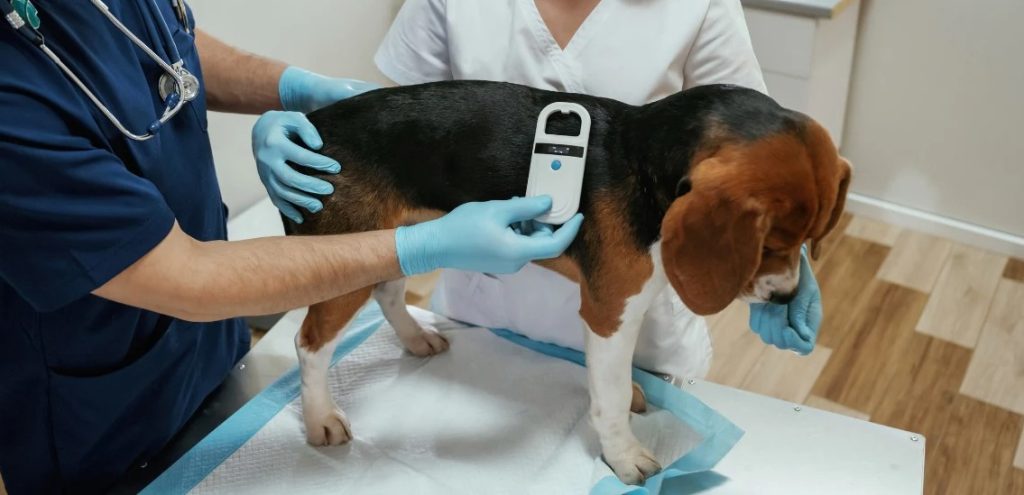In today’s world, where dogs are more than just pets—they are family—ensuring their safety is a top priority for responsible owners. One of the most effective tools available is dog microchipping. This simple, inexpensive procedure provides a permanent form of identification and greatly increases the chances of reuniting with a lost pet.
What Is Dog Microchipping?
Dog microchipping involves implanting a tiny chip, about the size of a grain of rice, just beneath the dog’s skin between the shoulder blades. The chip contains a unique identification number that is readable by a special microchip scanner. The process is quick, safe, and minimally invasive—comparable to a routine vaccination.
Unlike GPS trackers or collars with tags, microchips do not rely on batteries, nor can they be removed or fall off. This makes them a reliable and permanent method of identification throughout a dog’s life.

How Dog Microchipping Systems Work
The dog microchipping system consists of three main elements:
- The microchip: A passive RFID device implanted under the dog’s skin.
- The scanner: Used by veterinarians, shelters, and animal control officers to read the microchip’s ID number.
- The dog chip database: A registry where the chip number is linked to the pet owner’s contact information.
When a stray dog is found, animal shelters and vets scan it for a microchip. If the chip is present, the unique ID number is searched in the appropriate dog chip database, and if the owner’s contact details are registered and up to date, the dog can be quickly returned.
The Importance of Registration
A common misconception is that microchipping alone is enough. In reality, a microchip is only useful if it is registered in a pet database. Owners must ensure that their contact details—especially phone numbers and addresses—are accurate and updated whenever they change.
Without registration, even if a dog has a chip, it becomes nearly impossible to trace the owner, defeating the entire purpose of microchipping.
Benefits of Dog Microchipping
- Permanent ID: Unlike collars and tags, microchips are permanent and cannot be lost.
- Higher recovery rates: Studies show that microchipped dogs are significantly more likely to be returned home.
- Proof of ownership: Microchips can help in legal disputes or theft cases.
- Travel and compliance: Microchipping is often required for international travel and by certain local regulations.
Dog microchipping systems offer a simple, affordable, and highly effective way to protect pets. When combined with proper registration in a dog chip database, microchips provide peace of mind and a higher chance of recovering a lost pet. As technology advances, microchipping remains a cornerstone of pet safety and responsible dog ownership. If you haven’t already, talk to your vet about microchipping—it’s a small step that can make a big difference.
Leave a Reply